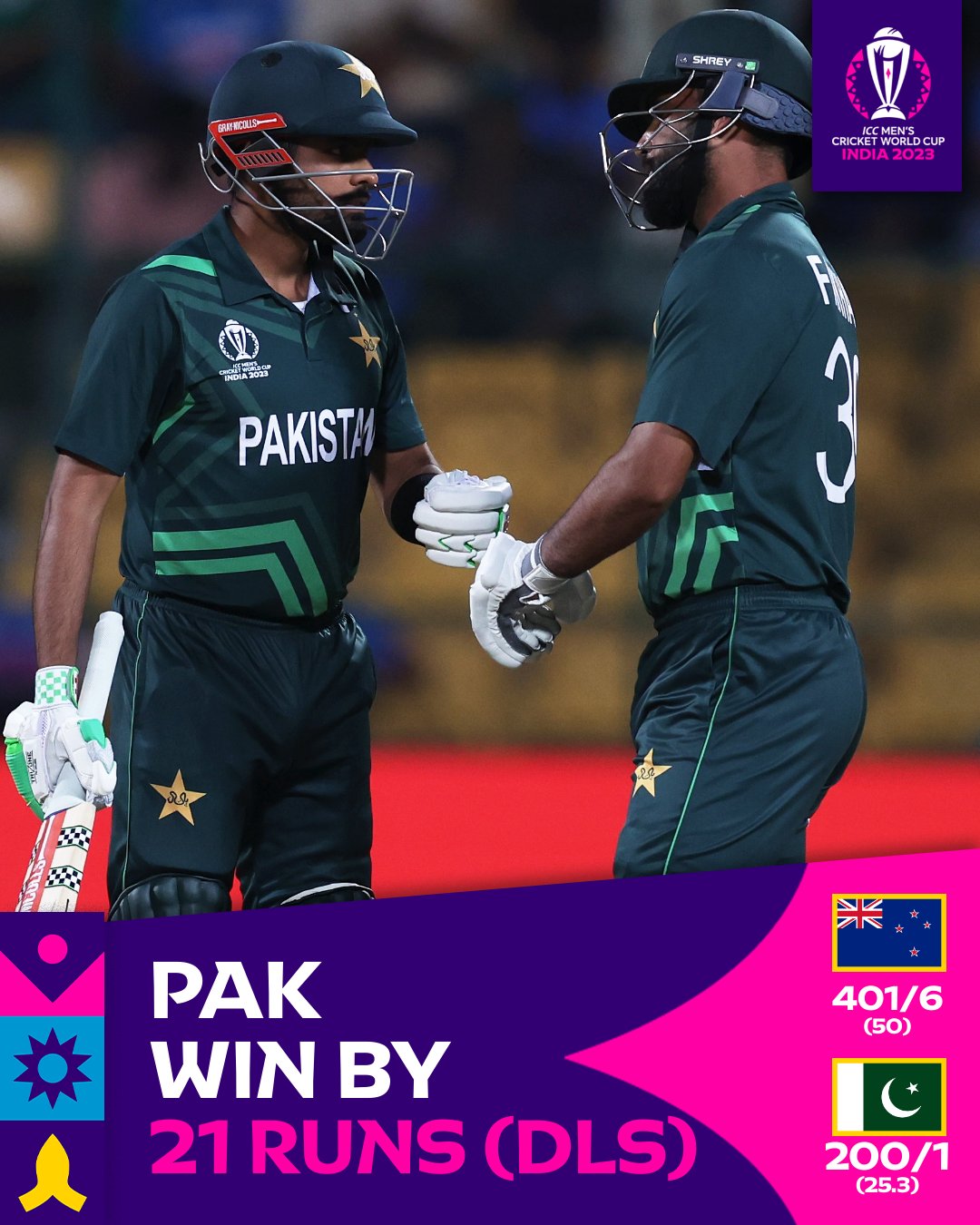
Cricket, often referred to as the “gentleman’s game,” is deeply influenced by weather conditions, particularly in limited-overs formats where every delivery can be crucial. Rain can play a spoilsport by disrupting the flow of a match. In such situations, the Duckworth–Lewis-Stern (DLS) system comes into play as a method to fairly adjust target scores in rain-affected matches. In this article, we will delve into the DLS system, its components, and how it helps maintain the integrity of cricket matches when weather intervenes.
Understanding the DLS System:
The Duckworth-Lewis-Stern system, commonly known as DLS, is a mathematical method employed to recalculate target scores in limited-overs cricket when the match is interrupted by rain. It was introduced as a refinement of the earlier Duckworth-Lewis method, taking into account modern cricket scoring patterns.
Components of the DLS System:
- Resource Percentage (RP): RP represents the fraction of resources available to a team when a match is interrupted. Resources include wickets in hand, overs left to be bowled, and runs to be scored.
- Par Score: The DLS system calculates a par score for the team batting second, based on the number of overs completed at the time of interruption and the wickets lost. This par score becomes the target for the chasing team.
- Weighted Overs: Overs that were scheduled but not bowled due to rain are converted into weighted overs. These overs have a lower value than regular overs to account for the lost opportunities.
- Target Adjustment: In rain-affected matches, the target score is adjusted according to the par score, the number of overs left, and the number of wickets lost by the chasing team. This ensures a fair target that considers the game’s context.
Application of DLS in Cricket:
- Real-time Updates: The DLS system provides real-time updates to the match officials, allowing them to adjust the target score as the game progresses.
- T20 Cricket: The DLS method is used not only in One-Day Internationals (ODIs) but also in Twenty20 (T20) matches to determine revised targets in case of rain interruptions.
- Tactics: The DLS system has influenced team tactics, as captains and coaches need to adapt to the revised target score. Sometimes, it favors the chasing team, while at other times, it benefits the team batting first.
- Accuracy: The DLS system has evolved over the years to ensure greater accuracy in reflecting the true state of the match. It takes into account various factors, including historical data, pitch conditions, and team strengths.
Controversies and Criticisms
- Complexity: The DLS system can appear complex to casual fans and even some players. This complexity has led to confusion and debates in high-stake matches.
- Subjectivity: Some critics argue that the system relies on subjective judgments in certain situations, such as determining when to revise the target score.
Conclusion
The Duckworth-Lewis-Stern (DLS) system is an indispensable tool in modern cricket, ensuring that rain interruptions do not unfairly impact the outcome of matches. While it may be complex and subject to criticism, it has become an integral part of the sport’s landscape. Cricket fans and players alike rely on DLS to maintain the fairness and integrity of limited-overs matches in the face of unpredictable weather conditions. As the game continues to evolve, the DLS system evolves with it to provide a reliable means of recalculating target scores and keeping the excitement of cricket intact, rain or shine.

4 thoughts on “What Is the DLS System in Cricket: An Essential Tool for Rain-Affected Matches”